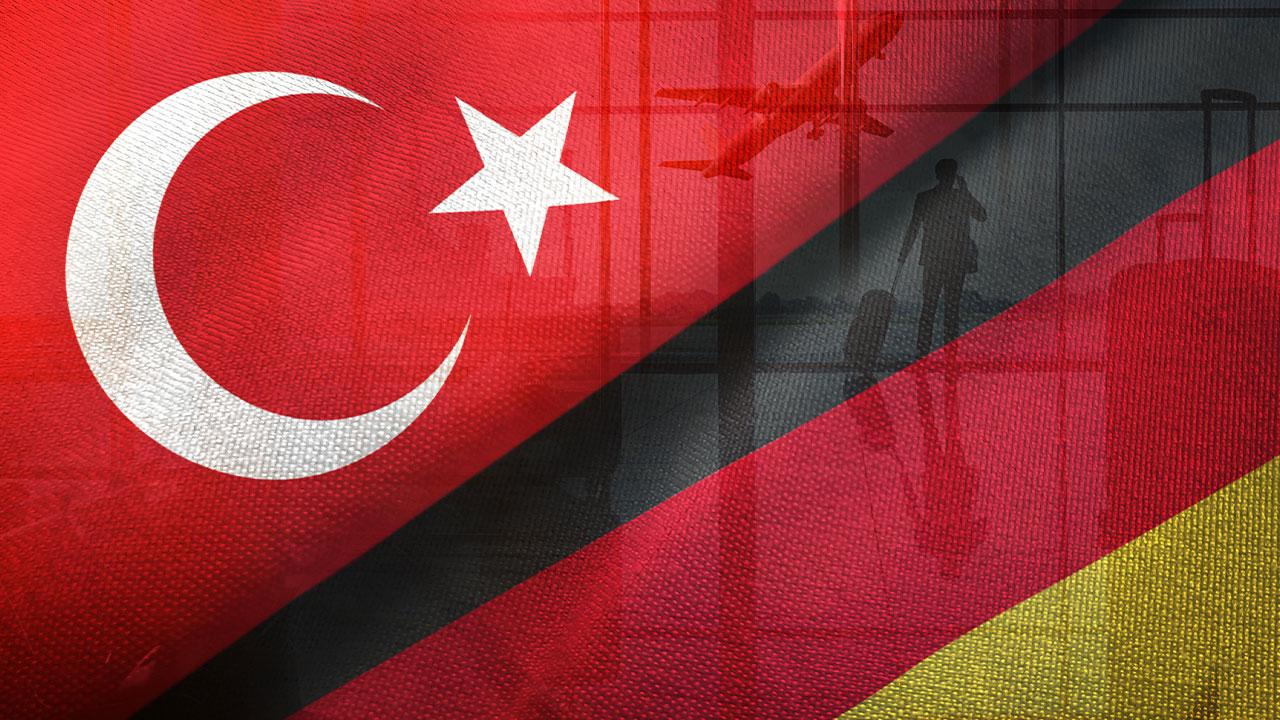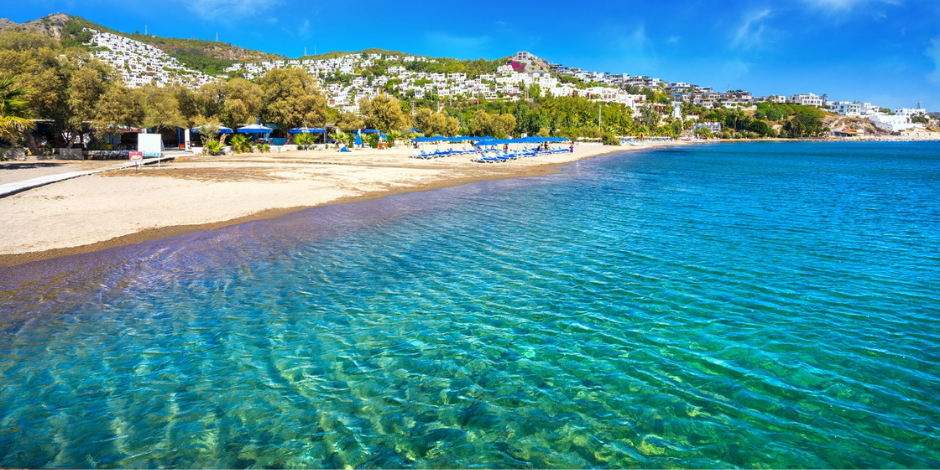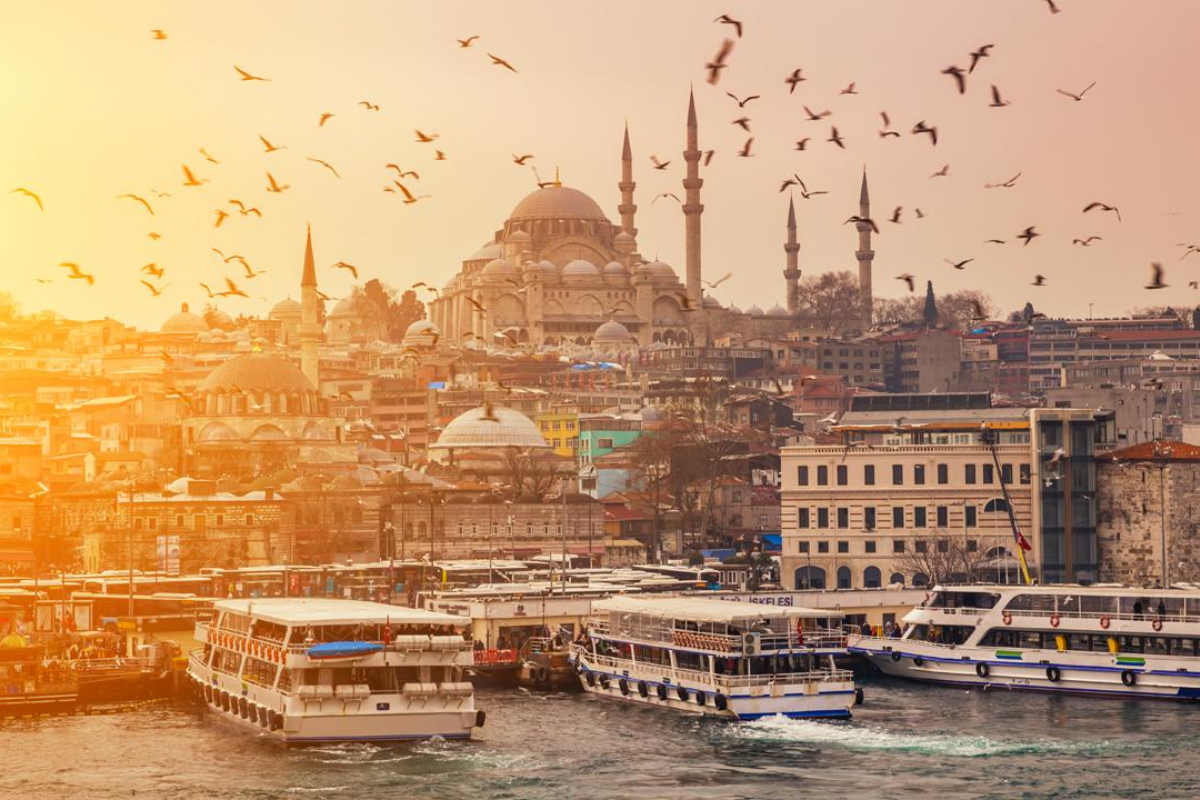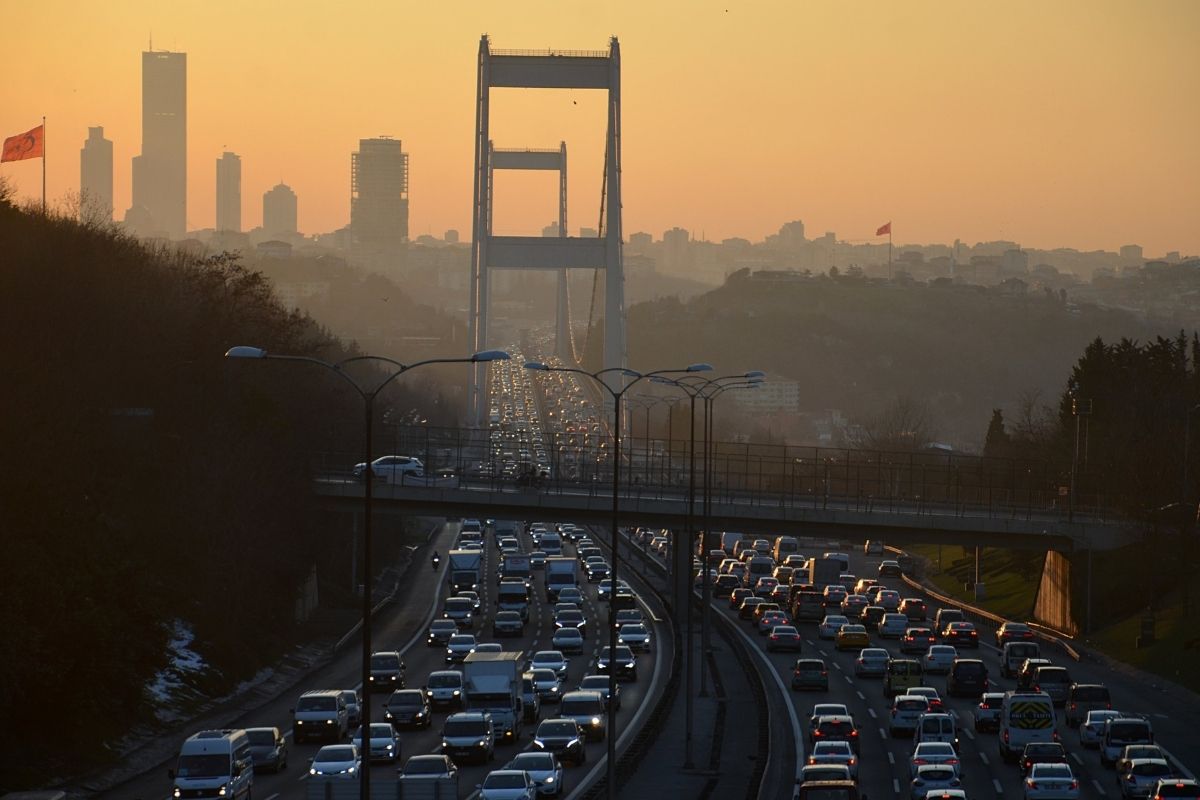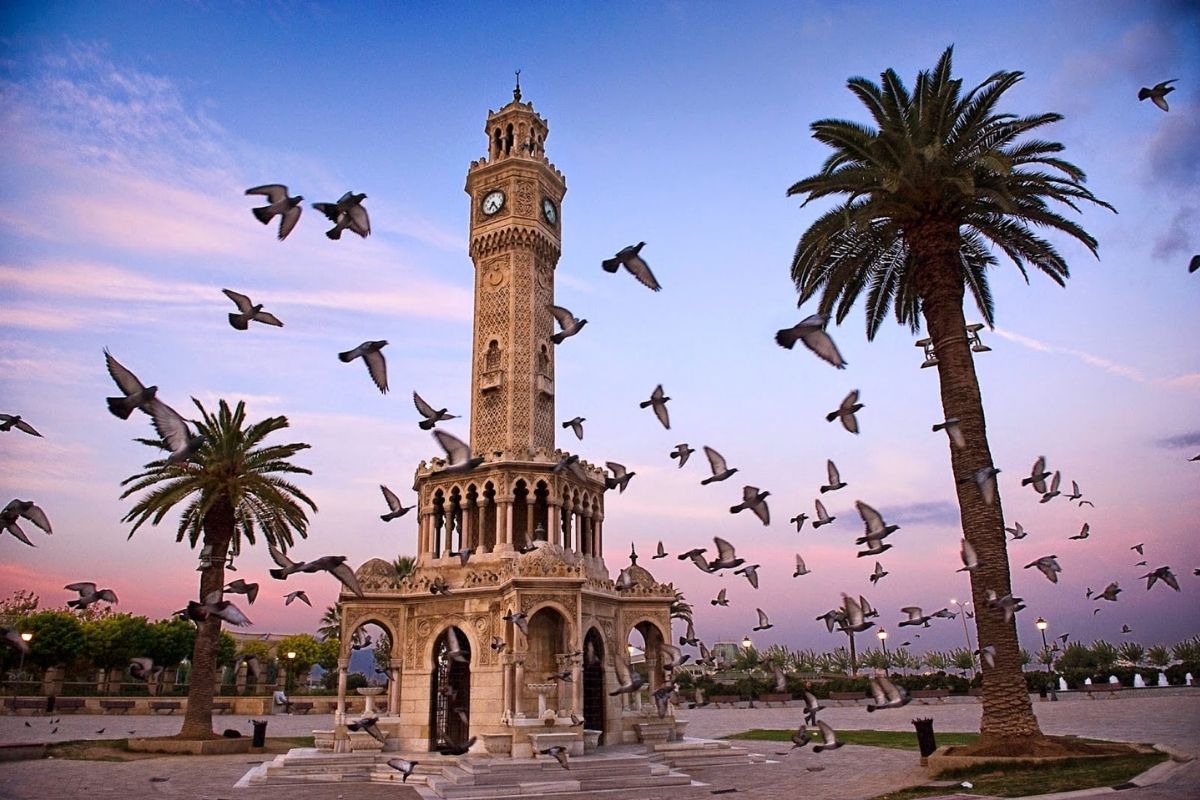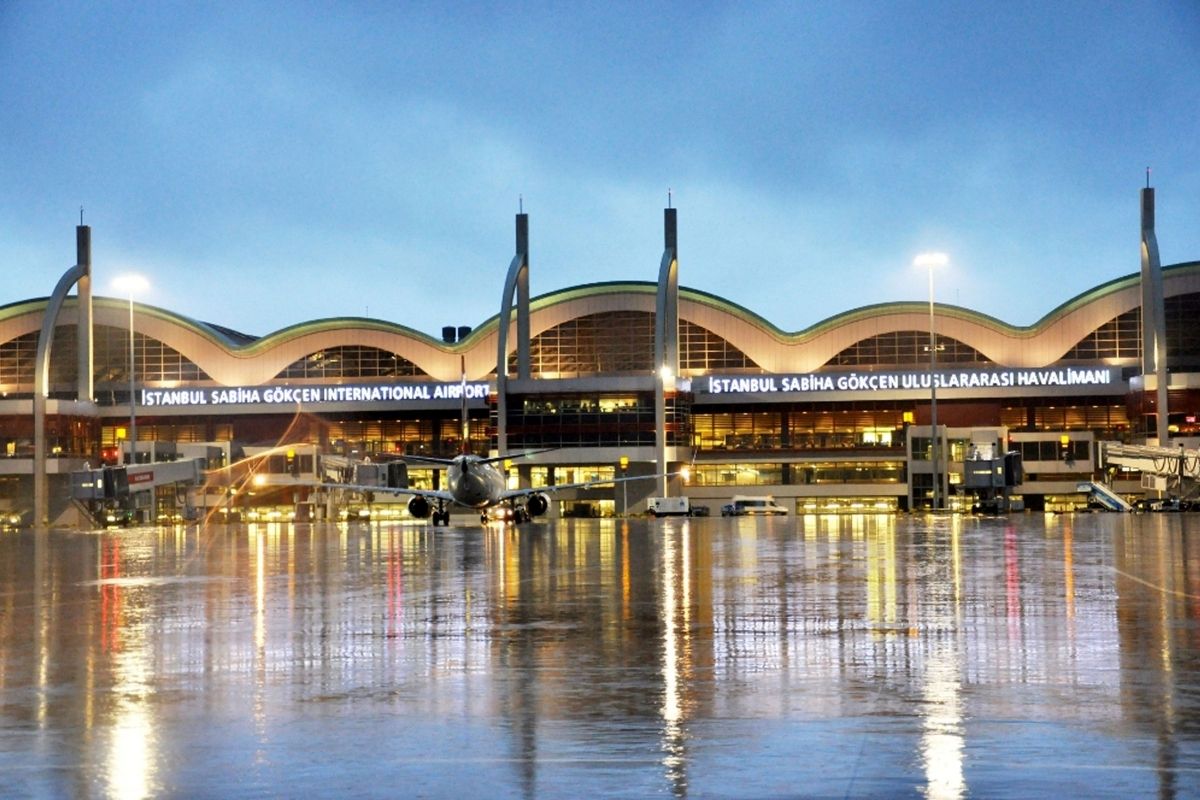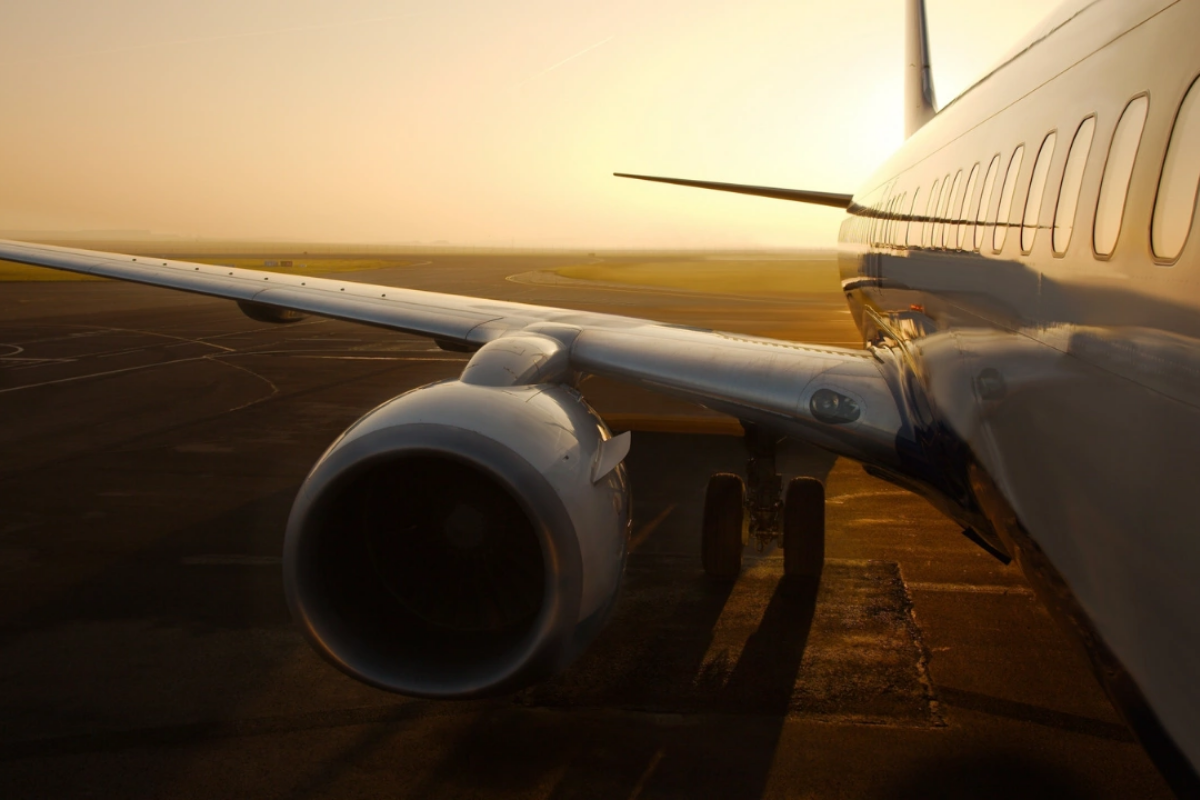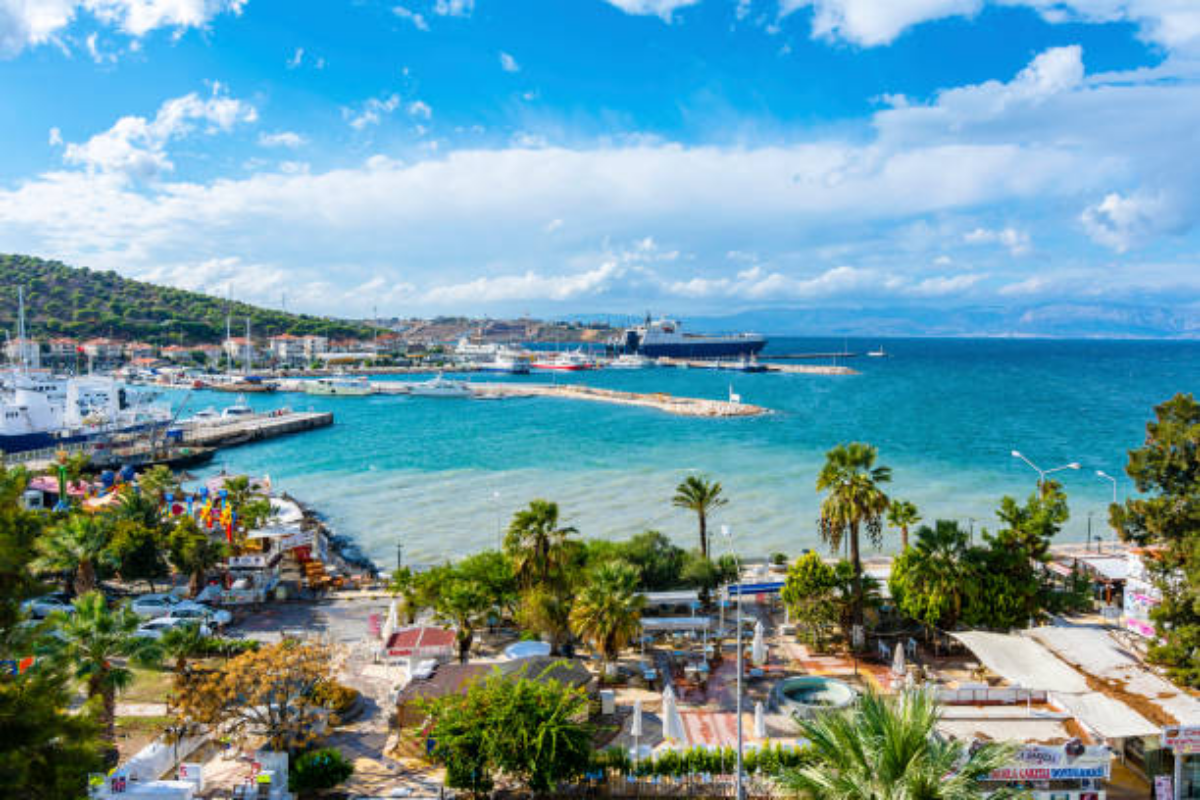Differences Between Urban and Intercity Traffic Rules in Turkey
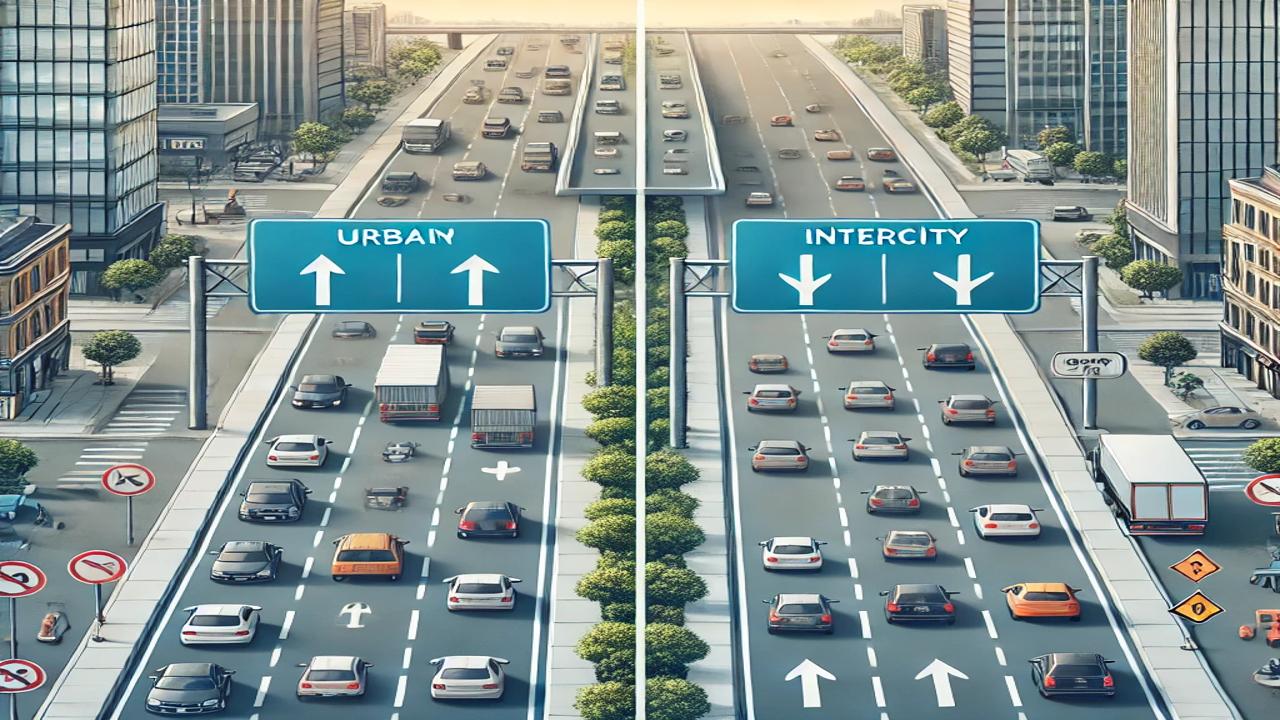
1. Speed Limits
In urban areas, the speed limit is typically set at 50 km/h due to factors like dense traffic, pedestrian crossings, and signal systems. On intercity roads, speed limits usually start at 90 km/h and can go up to 120 km/h on highways. However, these limits can vary based on road conditions, weather, and traffic flow.
2. Traffic Lights and Intersections
Traffic in urban areas is usually regulated by traffic lights and intersections. These lights help manage the flow of traffic and ensure pedestrian safety. On intercity roads, there are generally fewer traffic lights, although some significant intersections may have traffic signals. The traffic flow is faster on intercity roads, so drivers must pay close attention to road signs and speed limits.
3. Pedestrian and Bicycle Use
In urban areas, there are designated pedestrian zones and crossings. There are also dedicated bike lanes in many places. On intercity roads, however, pedestrians are generally prohibited from walking on the roads, and bicycle lanes are limited. This is due to the higher speeds on intercity roads, requiring drivers to be more cautious.
4. Signaling and Road Signs
In urban areas, signaling is used more frequently, and traffic lights and warning signs are typically present at every intersection. On intercity roads, road signs primarily indicate speed limits, sharp turns, and road conditions. Roads are generally wider and straighter, but this does not negate the importance of adhering to speed limits.
5. Alcohol and Drug Use
Driving under the influence of alcohol or drugs is illegal in all areas of Turkey. However, on intercity roads, longer trips and less traffic may lead drivers to be on the road for extended periods, so it is important to take breaks and stay alert. Urban traffic may see more frequent alcohol checks.
6. Parking and Stopping
Parking can be more challenging in urban areas. Therefore, parking and stopping regulations are more strictly enforced in cities. On intercity roads, rest areas are more spacious, and drivers can easily access stopping points during long journeys.
7. Traffic Density and Following Distance
In urban traffic, the density can be high, which may reduce the following distance. On intercity roads, traffic is generally less congested, allowing for greater following distances. However, in both cases, maintaining a safe following distance is essential.
8. Emergency Situations and Broken-Down Vehicles
In urban traffic, it is crucial to quickly remove any broken-down vehicles, as they can significantly disrupt traffic. On intercity roads, there are broader areas for vehicle recovery and towing. However, drivers should be prepared for potential breakdowns during long trips.
9. Public Transport and Buses
In urban areas, buses, minibuses, and trams are commonly used for public transport. On intercity roads, buses and long-distance transport vehicles are more prevalent. In both cases, vehicles must adhere to specific rules and regulations.
10. Traffic Inspections
Traffic inspections are more frequent in urban areas due to the higher traffic volume. On intercity roads, inspections may be less frequent, but there are still checkpoints and radar devices along the route.
Conclusion
In Turkey, the traffic rules for urban and intercity roads are designed based on different road conditions and speed limits. Adhering to these rules is essential for ensuring safe driving on both types of roads. Drivers can protect themselves and other road users by following speed limits, parking regulations, and traffic signal systems.


